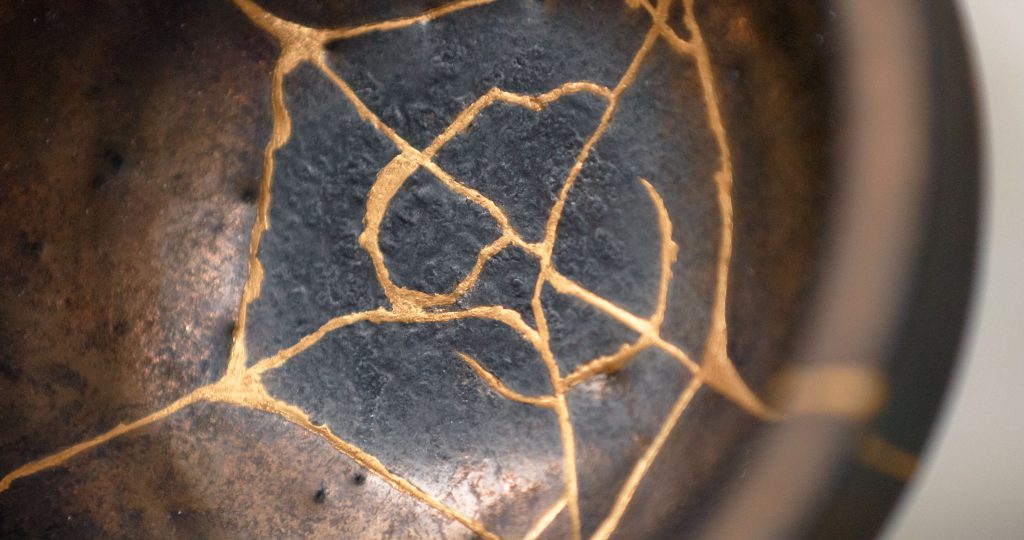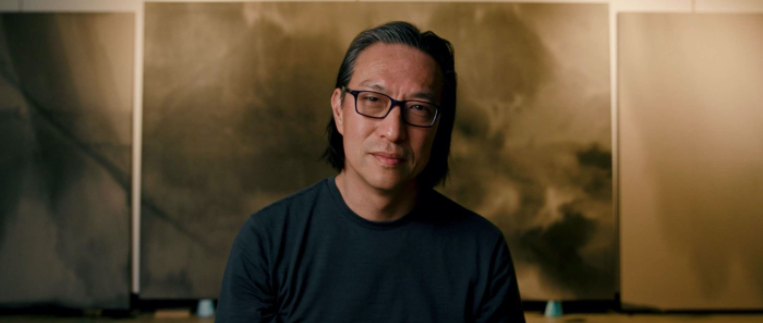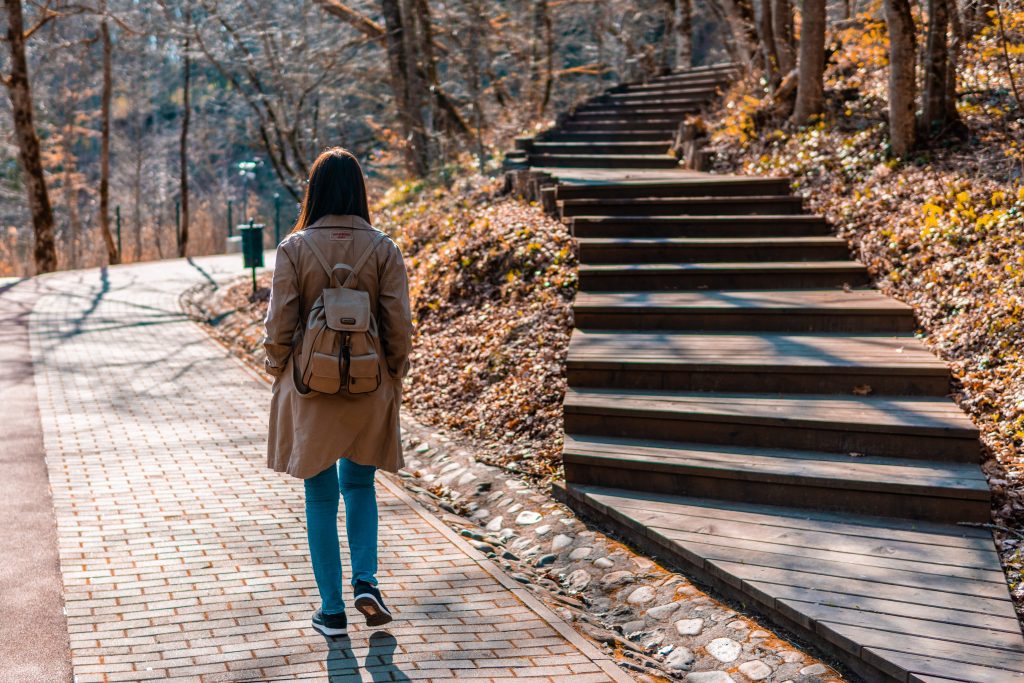Part 1: Pouring Gold into Brokenness: How Japanese Art Shows Us the Way
By E. Russ Bermejo, MSW, Lecturer
Sometimes you read the perfect book at the perfect time. Makato Fujimura’s Art + Faith: The Theology of Making” (Yale University Press, 2020) was just that read for me. It was May of this year, and I had just completed my first year of teaching after nearly 25 years of direct practice and consulting in child welfare. I had more than my fill of teaching social work theory, field seminar, and SPSS. The cumulative effects of Zoom fatigue, undergoing a career change, a global pandemic, political and social unrest had all taken its toll. My soul needed to be restored.

Nihonga and Kintsugi
Fujimura is a Christian artist trained in the Japanese style of painting called nihonga which he calls “slow art” since it involves pigments made of pulverized minerals that are brushed and layered to provide contrasting effects. Some of Fujumura’s paintings have over 80-100 layers of paint. It’s beautiful yet painstakingly slow. Fujimura asserts that nihonga, however, is not about materials and tools, but rather an integrated way of making since it relies on an ecosystem of trained craft folks of multiple generations, from paper makers to brush artisans, built on trust and relationships. It is impossible to teach nihonga outside of this ecosystem. Painting is always done with the help of others and in collaboration with others.
In this context, beauty is only possible through integration; and integration can only come from fragmentation and brokenness. To illustrate this, Fujimura points to another ancient Japanese art form of kintsugi1 which involves repairing broken tea ware with lacquer dusted or mixed with powdered gold, silver, or platinum. There is no attempt by the artist to hide the damage, but the repair is literally illuminated. The kintsugi artist is not focused on merely “fixing” broken pieces, but rather treats the fragmentation as part of an object’s history so it can be made even more beautiful than the original.

Two Paths for the Artist
Fujimura recalls visiting an exhibit at the Washington National Gallery several years ago featuring the self-portraits of two celebrated artists – Picasso and Rembrandt. Picasso was undoubtedly one of the greatest artists of the 20th century, though as Fujimura and others observe, he was full of ego. The self-portraits of Picasso as he nears the end of his life reveals something interesting about his approach to art. Fujimura observes “At the end of his life, Picasso disappears, there is nothing left.”
Rembrandt, on the other hand, at the end of his life, had lost everything. He was bankrupt with no home or possessions, he no longer had any family, and was left with diminishing eyesight. But Rembrandt’s last of his dozens of self-portraits is his greatest masterpiece. Fujimura reflects “It literally glows, with inner light, peace and joy.”
Fujimura’s comparison of Picasso and Rembrandt reveal two distinct paths for the artist: one path pursues ego, self-expression, fame, and fortune. Fujimura contends that this path typifies modern art expression which requires artists to uphold and protect a strong ego.
The other path, however, involves losing the self and the world to gain the soul. The Japanese aesthetic and philosophy of kintsugi carries a meaning of compassionate sensitivity by leading people to look outward rather than inward. The artist honors brokenness by illuminating it to make something new again.
Which path will I choose?

Fragmentation and Siloed Systems
Pulverized minerals made into beautiful pigments brushed in contrasting layers; broken shards adjoined with gold refracting to illuminate beautiful imperfection. Fujimura spoke to me deeply through his reflections on these ancient art forms, showing me a path forward. He became a Christian in the most unlikeliest of places – while studying art – in Japan, where between less than 1.5% of the population profess to be Christian. Fujimura’s capacity to see beauty in brokenness helped him find personal healing and inspiration as an artist after September 11, 2001 living only three blocks from the World Trade Center. Through his unique perspectives of finding faith through art, Fujimura provided illumination of what I was feeling within myself and the world around me.
As a social worker and consultant in public child welfare for the last two dozen years, I witnessed first-hand brokenness and fragmentation at every level: traumatic stress of children who endured maltreatment and family separation; families affected by an array of issues such as social isolation, unstable housing, mental health, substance use disorders, domestic violence, and lack the support needed to cope with life stressors; and at the systems level, the lack of communication and coordination of agencies who oftentimes serve the same families but have no effective structure for working together towards solutions.
Clearly, no single agency alone has capacity and resources to solve these issues. Yet we place blame individual blame on an agency, director, or staff person rather than assume collective responsibility for protecting and serving the most vulnerable and marginalized families in our communities. Although we have promising collaborative practice models, like Family Drug Courts, Sobriety Treatment and Recovery Teams (START), and Plans of Safe Care,2 which leverage the resources of multiple systems, including child welfare, the courts, mental health, substance use treatment, and primary health care, to do better and be better for families, we have a long way to go to meet the overall need in this country. But how can we be better?
To continue: Read Part 2 – We are Both Artist and Masterpiece
______________________________________________________
1The Japanese word kin means “gold,” and tsugi means “mend,”
2To learn more about these collaborative solutions, visit National Center on Substance Abuse and Child Welfare at https://ncsacw.samhsa.gov/ and Children and Family Futures at www.cffutures.org

0 Comments